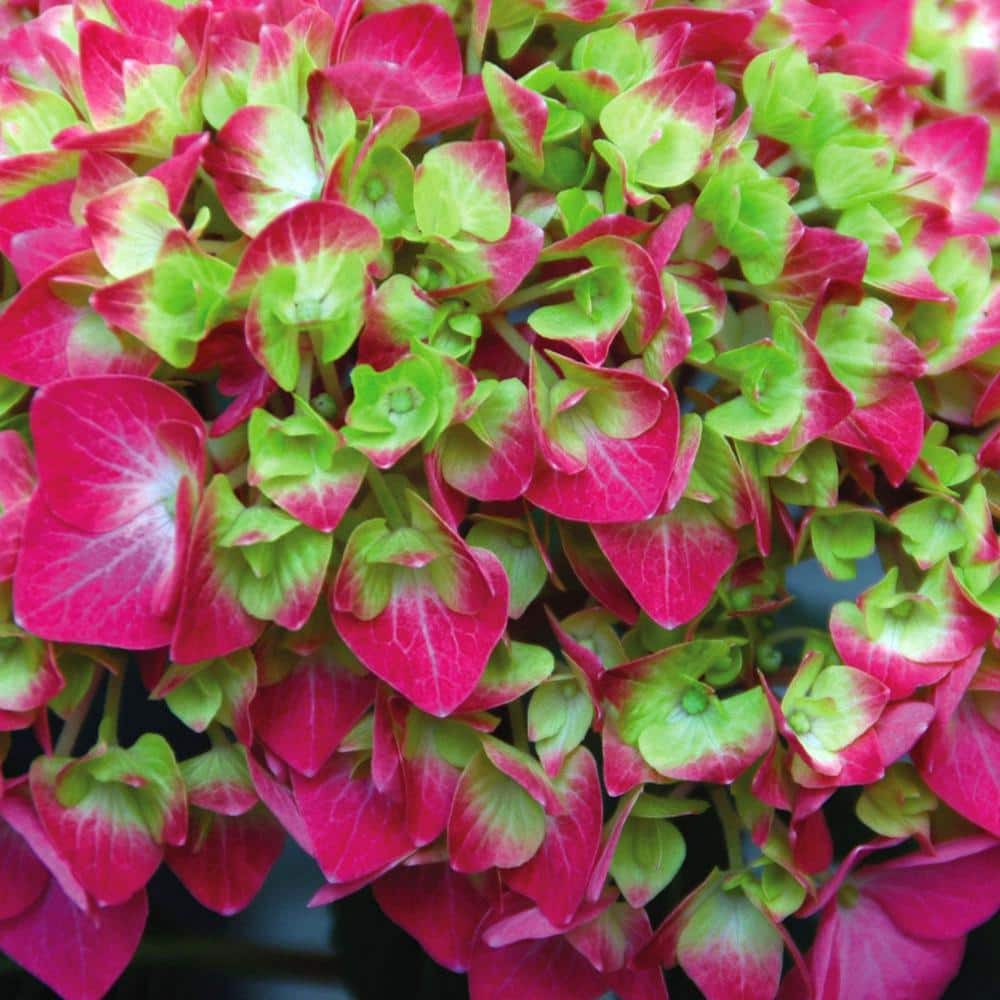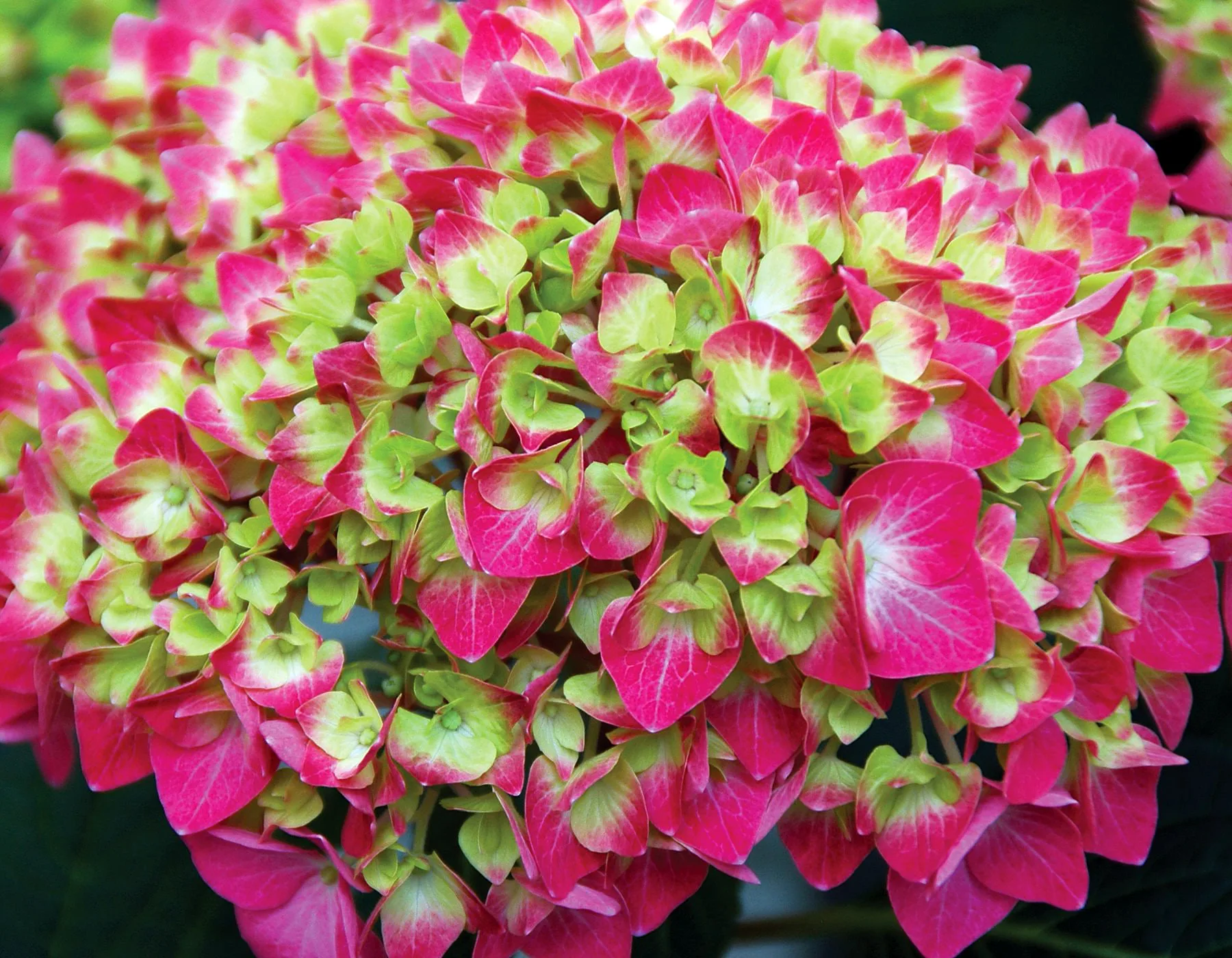Lime Lovebird Hydrangeas: The Ultimate Guide To Growing And Care
Lime Lovebird hydrangeas are a beautiful and versatile addition to any garden. They are known for their large, lime green flowers that can bloom in shades of pink and blue depending on the soil acidity. Lime Lovebird hydrangeas are relatively easy to care for and can thrive in a variety of conditions.
In this guide, we will discuss everything you need to know about growing and caring for Lime Lovebird hydrangeas. We will cover topics such as choosing the right location, planting, watering, fertilizing, pruning, and overwintering. We will also provide tips on how to troubleshoot common problems.
By the end of this guide, you will be an expert on Lime Lovebird hydrangeas and you will be well on your way to growing beautiful and healthy plants.
Choosing the Right Location
Lime Lovebird hydrangeas prefer to grow in partial shade. They will tolerate full sun, but they may not flower as well. The ideal location for Lime Lovebird hydrangeas is in an area that receives morning sun and afternoon shade.
The soil pH is also important for Lime Lovebird hydrangeas. They prefer acidic soil with a pH of 5.5 to 6.5. If your soil is alkaline, you can add sulfur to acidify it.
Planting
Lime Lovebird hydrangeas can be planted in the spring or fall. When planting, dig a hole that is twice as wide and as deep as the root ball of the plant. Amend the soil with compost or other organic matter. Place the plant in the hole and backfill with soil. Water the plant well.
Watering
Lime Lovebird hydrangeas need regular watering, especially during the first year after planting. Water the plants deeply once a week during the summer months. Mulch around the plants to help retain moisture.
Fertilizing
Lime Lovebird hydrangeas should be fertilized in the spring and fall. Use a balanced fertilizer such as 10-10-10. Apply the fertilizer according to the directions on the label.
Pruning
Lime Lovebird hydrangeas do not need to be pruned heavily. However, you may want to remove any dead, damaged, or diseased branches in the spring. You can also prune the plants to shape them or to control their size.
Overwintering
Lime Lovebird hydrangeas are hardy in USDA zones 5-9. In colder climates, you may need to protect the plants from the cold. You can do this by covering the plants with burlap or evergreen boughs.
Troubleshooting
Lime Lovebird hydrangeas are relatively problem-free plants. However, there are a few potential problems that you may encounter.
- Leaf scorch: Leaf scorch is a common problem that can be caused by hot, dry weather. To prevent leaf scorch, water the plants regularly and mulch around them to help retain moisture.
- Powdery mildew: Powdery mildew is a fungal disease that can cause white spots on the leaves of Lime Lovebird hydrangeas. To treat powdery mildew, you can use a fungicide.
- Aphids: Aphids are small, sap-sucking insects that can damage Lime Lovebird hydrangeas. To control aphids, you can use insecticidal soap or neem oil.
Conclusion
Lime Lovebird hydrangeas are beautiful and easy-care plants that can add color and interest to any garden. By following the tips in this guide, you can successfully grow and care for Lime Lovebird hydrangeas for many years to come.
If you're looking for a hydrangea that will add a pop of color to your garden, look no further than the lime lovebird hydrangea. This stunning plant blooms in a bright lime green color that is sure to turn heads. The flowers are also relatively large, measuring up to 12 inches in diameter.
Lime lovebird hydrangeas are relatively easy to care for. They prefer full sun to partial shade and moist, well-drained soil. They are also relatively drought tolerant once established.
If you're interested in learning more about lime lovebird hydrangeas, I recommend visiting . This website has a wealth of information about the plant, including its care requirements, planting instructions, and pest and disease control tips.
FAQ of lime lovebird hydrangea
- What is lime lovebird hydrangea?
Lime lovebird hydrangea is a type of hydrangea that is known for its lime green flowers. It is a relatively hardy plant that can be grown in USDA hardiness zones 4-9. Lime lovebird hydrangeas prefer partial sun and moist, well-drained soil. They are a reblooming variety, meaning they will produce flowers multiple times throughout the growing season.
- What are the different colors of lime lovebird hydrangea?
Lime lovebird hydrangea flowers start out as lime green and then gradually turn pink or blue as they mature. The color of the flowers can also be affected by the acidity of the soil. In alkaline soil, the flowers will be more blue, while in acidic soil, they will be more pink.
- How do I care for lime lovebird hydrangea?
Lime lovebird hydrangeas are relatively easy to care for. They need to be watered regularly, especially during hot, dry weather. They should also be fertilized once a month during the growing season. Lime lovebird hydrangeas are not as susceptible to pests and diseases as some other types of hydrangeas, but they may be affected by aphids, scale, and powdery mildew.
- How do I deadhead lime lovebird hydrangea?
Deadheading is the process of removing spent flowers. This will help to encourage new blooms and keep the plant looking its best. To deadhead lime lovebird hydrangea, simply pinch off the spent flowers at the base of the flower cluster.
- How do I overwinter lime lovebird hydrangea?
In areas with cold winters, lime lovebird hydrangeas may need to be protected from the cold. You can do this by covering the plant with a burlap sack or a layer of mulch. You may also need to bring the plant indoors if the temperature drops below 20 degrees Fahrenheit.
Image of lime lovebird hydrangea
5 different images of "lime lovebird hydrangea" from Pinterest:





Post a Comment for "Lime Lovebird Hydrangeas: The Ultimate Guide To Growing And Care"